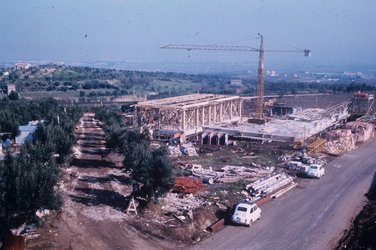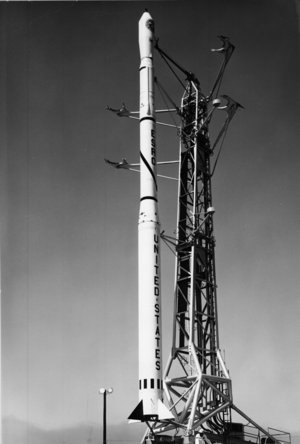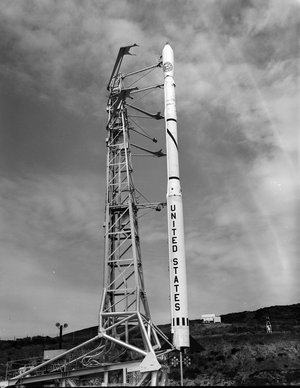1964–2014: fifty years of European cooperation in space
A new year opens, but 2014 is special: this year the space community is celebrating the anniversary of the construction of Europe as a space power and 50 years of unique achievements in space.
The collaborative European space effort was officially born 50 years ago. In the late 1940s and 1950s, European integration in advanced scientific and technological developments was then very much in the air – until two leading scientific statesmen, Pierre Auger of France and Edoardo Amaldi of Italy, made the first steps towards establishing a significant European presence in space.

Amaldi’s informal paper on the ‘Introduction to the discussion on space research in Europe’, written in 1959, suggested the creation of a ‘European Space Research Organisation’ that would need five years to get itself off the ground. The momentum was being established, leading to a meeting of those interested with the Committee on Space Research, held in Nice, France, in January 1960.
The UK’s Sir Harrie Massey came armed with a blueprint for a possible programme for a European space organisation. Scientists met again shortly afterwards in Paris, in February 1960. A major step forward was taken at this gathering towards formalising the European space programme, based on Massey’s proposal.

A high-level meeting of scientific and government officials met at CERN, Meyrin, near Geneva, in late 1960, where the Commission to Study the Possibilities for European Collaboration in the Field of Space (COPERS) was approved.
It was widely accepted that European space science should be organisationally distinct from launcher development. Thus were the seeds sown for Europe to enter space with two organisations. By 1964, the conventions of the European Launcher Development Organisation and the European Space Research Organisation had entered into force. A little more than a decade later, ESA would be established, replacing these two organisations.

Out of the technological setbacks and political uncertainties that marked the 1960s and the 1970s, the template for a viable collaborative European effort in space science and applications, along with launcher development, was defined. This template provided the framework for all the successful European space programme that followed.
A suite of events and activities are planned during 2014 to mark the 50 years of European cooperation in space – an anniversary for the whole space sector in Europe, which can be proud of its results and achievements. When Member States share the same challenging objectives and join forces, they put Europe at the leading edge of progress, innovation and growth, for the benefit of all citizens.

ESA’s Director General Jean-Jacques Dordain launched the celebrations at the occasion of the stone-laying for ESA’s ECSAT centre in Harwell, UK, on 5 December 2013.
“This is a good opportunity not only to recall impressive past achievements, but also to reflect on future evolution,” said Mr Dordain.








